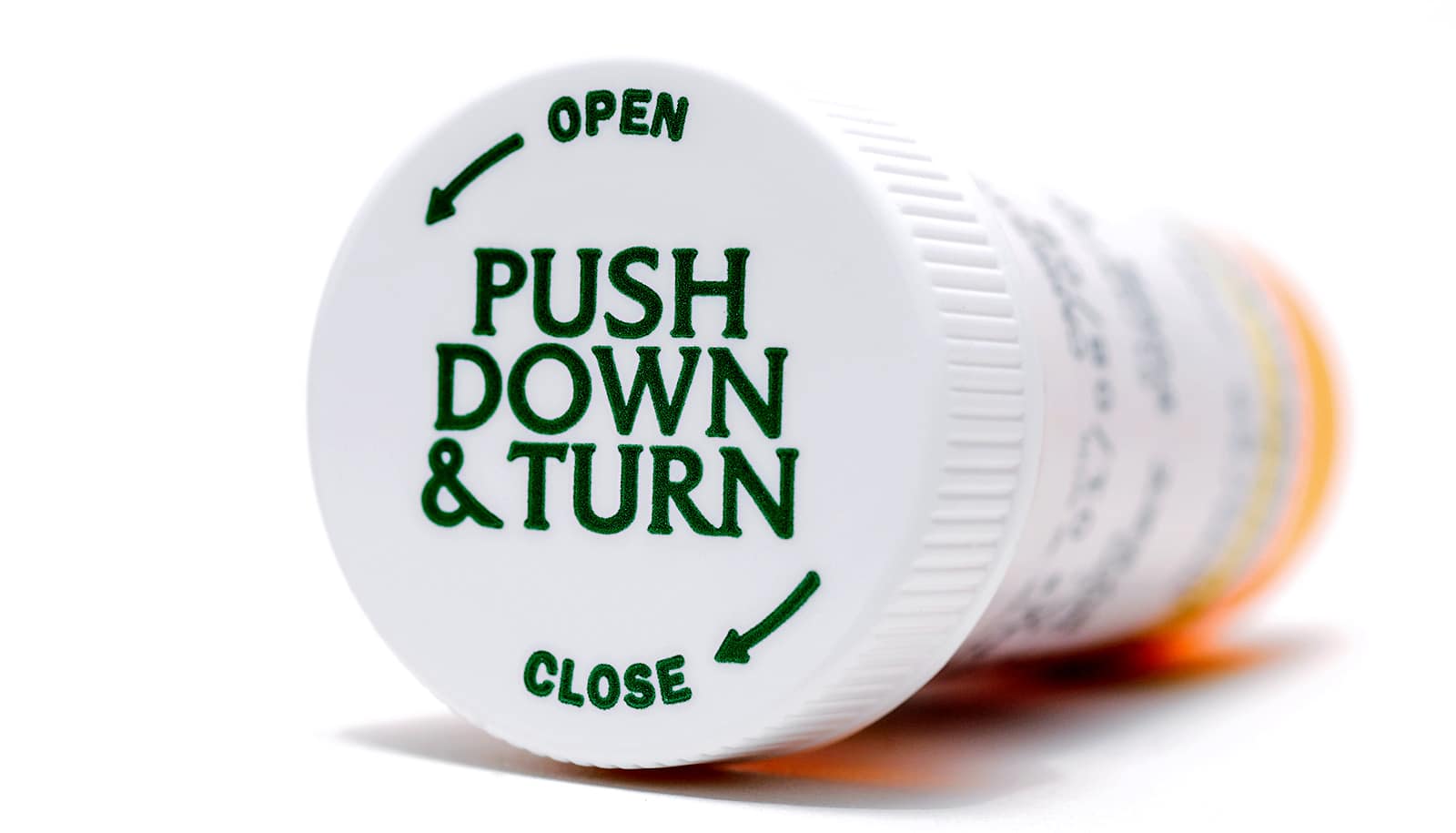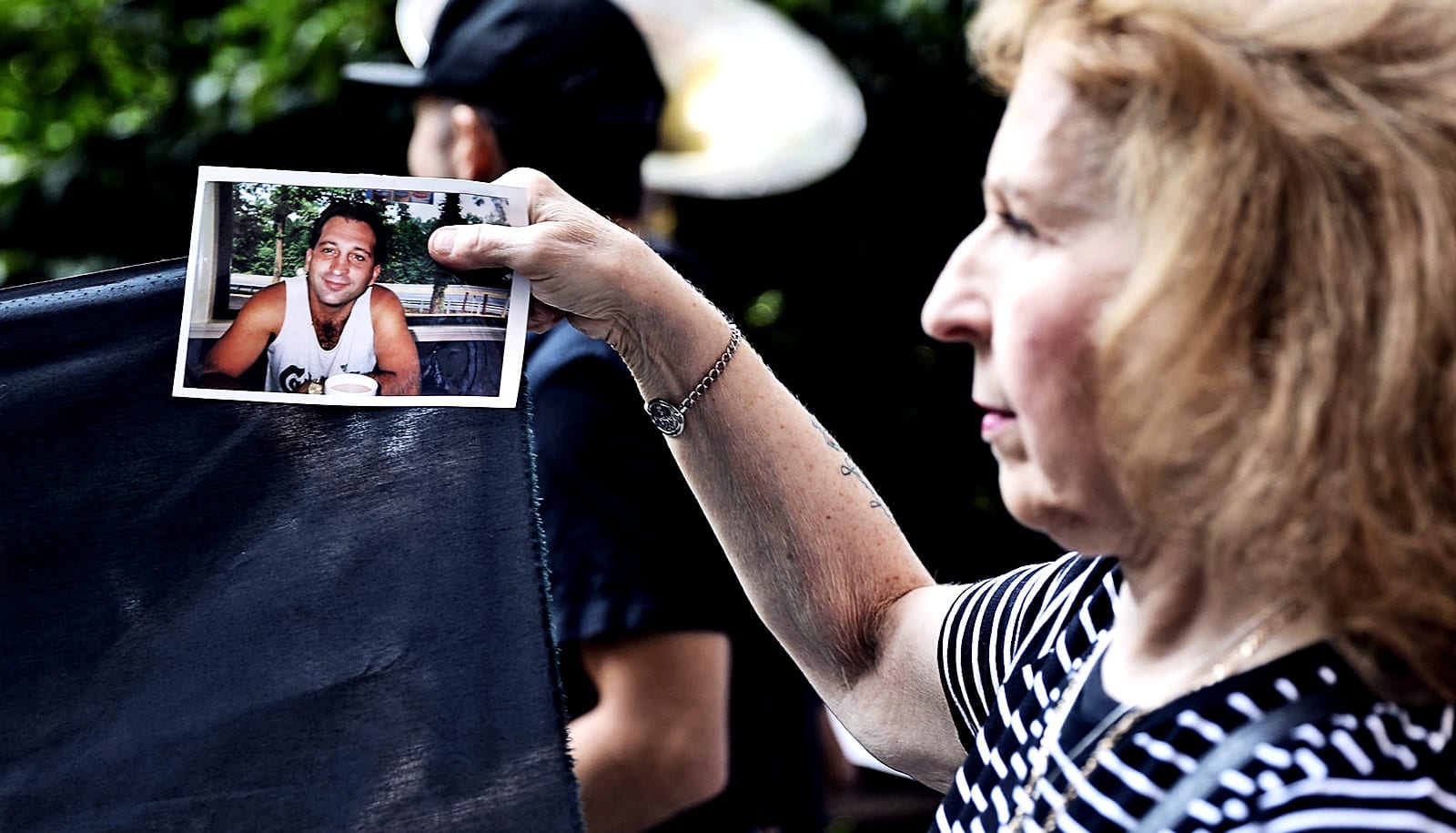Convenient disposal of opioids paired with tailored risk education can reduce the numbers of people keeping unused painkillers, researcher report.
Most parents keep their own and their child’s unused painkillers, even after they’re no longer medically necessary for pain.
Prompt disposal of leftover medications improves when parents receive a disposal packet at the time they receive a prescription, the researchers found. Further, parents who see tailored online messages about the risks opioids pose to children and teens are less likely to report they intend to keep leftover medications.
The study included 517 parents of children ages 7-17 prescribed a short course of opioids. Researchers put parents in one of three groups: some received a take-home pill disposal packet, some received the packet and an interactive web-based program asking them to make opioid dosing decisions for their children in different real-life scenarios, and some received neither intervention.
Of the parents, 93% had leftover medications but only 19% in the control group promptly disposed of them. Prompt disposal doubled (38.5%) for parents who received both interventions.
Further, the number of parents in the web intervention group who planned to keep leftover opioids was half the number in the control group. Higher risk perception lowered the odds of parents keeping the leftover opioids, while parental past opioid misuse increased them.
The takeaway for parents is that leftover opioids pose the risk of poisoning and death for children. The only way to completely avoid this risk is to get rid of leftovers as soon as possible, says Terri Voepel-Lewis, associate professor of nursing at the University of Michigan, principal investigator for the paper in Pediatrics.
The takeaway for prescribers is that the best way to improve prompt disposal rates is to give parents a simple way to dispose of the drugs, paired with information that boosts their understanding of the risk that keeping leftover medications poses to their children.
Several findings in the study surprised the researchers, Voepel-Lewis says.
“The high rate of parental misuse (11.8%) was a surprise—and that this and past retention behaviors were so predictive of intention to keep the drug around,” she says. “This is something that prescribers need to know and assess for.”
Nor did the team expect that intention-to-dispose rates would be as high, given past findings, Voepel-Lewis says.
“We believe that the opioid crisis awareness in our community may have falsely increased parents’ reports of intention to dispose, knowing that many people in Michigan have died from accidental overdose,” she says.
Though prescribing rates have recently decreased for opioids, leftover medications are still common for opioids and other risky drugs, like sedatives and stimulants.
“Many hospitals are now beginning to give disposal packets, mostly marketed and costly ones, with opioids,” Voepel-Lewis says. “They are not doing this with other risky drugs and the risk enhancement information is lacking. We will make our educational information available at the end of our studies.”
Source: University of Michigan



